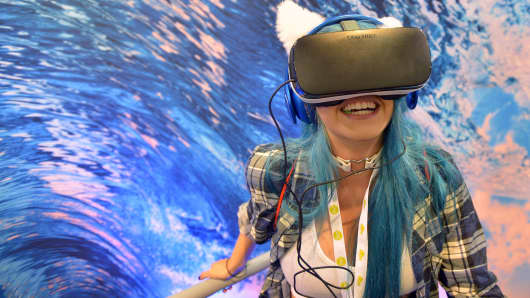"How evil is tech?," David Brooks asked in a recent New York Times op-ed:
"Online is a place for exploration but discourages cohesion. It grabs control of your attention and scatters it across a vast range of diverting things. But we are happiest when we have brought our lives to a point, when we have focused attention and will on one thing, wholeheartedly with all our might.
Rabbi Abraham Joshua Heschel wrote that we take a break from the distractions of the world not as a rest to give us more strength to dive back in, but as the climax of living. 'The seventh day is a palace in time which we build. It is made of soul, joy and reticence,' he said."
Whether it's true or not, digital media and entertainment has been built around the idea that attention spans are short and getting shorter, as technology is able to deliver more content more quickly. Microsoft CEO Satya Nadella has said that human attention is "the true scarce commodity" of the future.
To cope with the faster pace of media distribution on the internet, humans did what they always do: used the narrative tool of pacing to control the flow of information.
Pacing, or the manipulation of the perception of time, is a building block of any narrative. Pacing creates suspense in a thriller movie, and can pack an entire love story into a 1-hour-30-minute block. The mystery story is an explicit manipulation of time — the story begins after important events of the plot have transpired, thus granting the storyteller control over when to reveal them. News stories reveal the most interesting quote or fact first, out of chronological order, and then explain the full story.
Phenomena like "clickbait" use these techniques to try and build suspense and grab your attention in the more crowded field of media.
At the same time, content platforms try to make you forget that time is passing in the real world — a good NPR segment is supposed to make you idle with bated breath in your driveway. Facebook and Netflix study your interests and habits, and reveal content not as it is posted, but when it seems like you are likely to keep engaging. Video game characters are not restricted by the laws of physics, enabling them to move quickly between the most engaging parts of a story, and thus, keeping users invested in what comes next.
And by making content faster and easier to digest, people are able to consume more of it at once. In 2016, eMarketer estimated that nearly 85 percent of internet users surf the web while watching TV.
It's no surprise that programs designed to curb tech addiction focus on reclaiming your time, with names like "Moment" and "Time Well Spent."



